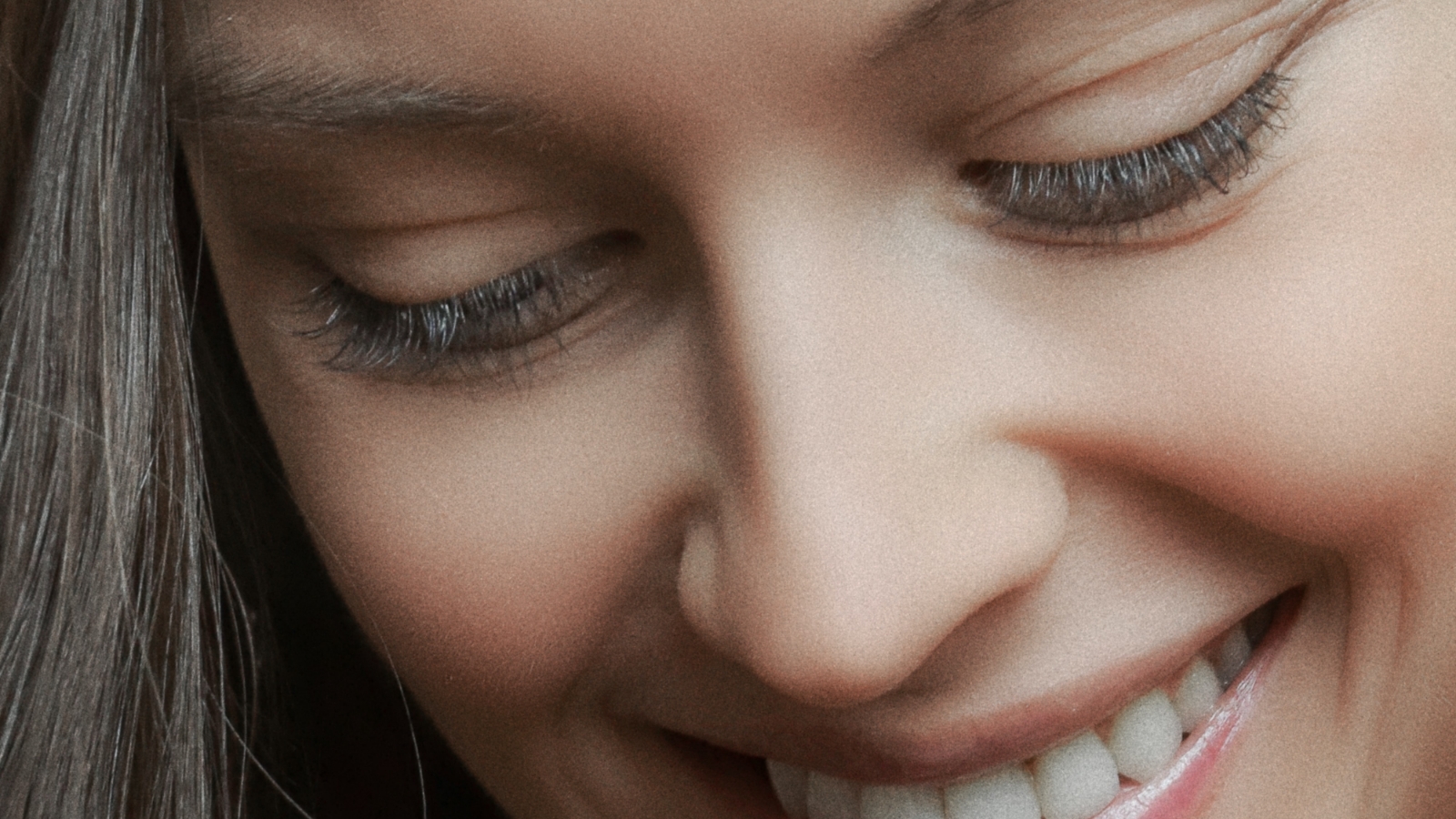What type of Rhinoplasty is right for me?

What is Rhinoplasty?
In carefully selected patients, Rhinoplasty can be provide life changing results, so it’s no surprise that it is consistently amongst the top cosmetic surgery procedures performed every year.
The term ‘Rhinoplasty’ refers to a wide range of factors. In broad terms, Rhinoplasty can be used to describe not only cosmetic procedures designed to improve the appearance of the nose, but also medical procedures to improve the function of the nose. Surgery to the nose can involve altering the size and shape of the nostrils, bridge, nasal tip and/or other structures with the goal to harmonise the shape and proportion of the nose within the entire facial structure and appearance.
The two surgical focuses are closely linked because the form and function of the nose are intertwined. A visible asymmetry on the outside of the nose very likely indicates misaligned structures on the inside of the nose. Such irregularities can disrupt and impede the free flow of air, making breathing more difficult than it should be. In many cases, correcting the internal problem leads to a corresponding, aesthetically pleasing external shift too.
Functional & Cosmetic Rhinoplasty
Functional aspects of the nose such as mechanical airway blockages, caused by a bent septum, can often be carried out at the same time. Correction of bends in the septum is known as ‘Septoplasty’.
Septo-rhinoplasty is therefore the alteration to the shape of the nose and septum carried out at the same time. Cosmetic rhinoplasty can be carried out either by a closed technique, where there are no external scars; or an open method. An open method will involve full exposure of the underlying structures of the nose, which comprises of cartilage of the tip and septum and bones of the nasal bridge. This should result in a small, discrete scar on the columella, which is the skin between the two nostrils.
Open or Closed Technique?
The choice between open and closed techniques depends on the complexity of the problem. Cosmetic rhinoplasty can involve minor correction of defects such as small humps on the bridge of the nose. Sometimes more complex procedures, such as the use of cartilage grafts, maybe necessary to improve the shape or function of the nose. Usually these grafts can be obtained from the septum itself (or more rarely, if there is not enough, cartilage is harvested from the ear or even the ribs). The grafts are carefully attached to critical areas of the nasal tip or septum to provide support or to improve the form or projection of the nose. The grafts can also be used to improve the airway by strengthening or widening specific internal areas of the nose. It is also not unusual for the nasal bones to be carefully broken during surgery. This is known as “infracture” and is needed when a large hump is taken away from the dorsum (front) of the nose.
Rhinoplasty under Local Anaesthetic & Sedation
Most rhinoplasty can be carried out under local anaesthetic and sedation in Hiroshi’s practice. Often an external nasal splint needs to be worn for 1 week after surgery, especially if an infracture has been carried out. Sometimes a dissolvable pack is needed to stop internal bleeding from the nostrils. There will be swelling and sometimes bruising around the eyes. However the level of discomfort and pain after rhinoplasty is often surprisingly small.
Recovery
Time back to work depends on the nature of the Rhinoplasty, but 10 days to 2 weeks is not unusual. It will be some time before the final outcome of a rhinoplasty can be judged. Certainly 3 months will be the minimum, as swelling and natural distortion can occur during this time and beyond. Because of all these factors, there will be a surgical revision rate of between 10 to 15%. “Re-do surgery” is usually for unexpected residual lumps or twists post-operatively and in general should not be carried out until after 1 year has elapsed. This allows for disappearance of swelling and scars to have matured.
Hiroshi believes that there is no such thing as an easy rhinoplasty. Selection is the key, as well as the appropriate technique. Due to the many factors affecting the outcome, there will be an inherent revision rate. It is therefore so important that the surgeon truly understands the patient’s needs and that the patient is fully aware of all the surgeon’s aims and possible outcomes.